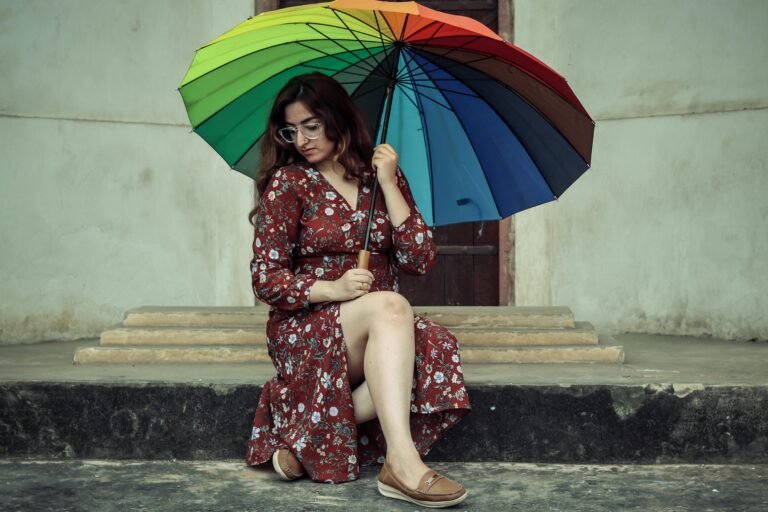Introduction:
In the ever-evolving landscape of fashion, there is a growing appreciation for traditional garments and techniques. However, many of these exquisite pieces often find themselves tucked away in closets or attics, forgotten and unused. Enter fashion upcycling, a creative avenue that breathes new life into old traditional garments, preserving their cultural significance while infusing them with modern flair. This article delves into the art of fashion upcycling with old traditional garments, exploring methods, inspirations, and the rich tapestry of possibilities they offer.
Preserving Heritage Through Upcycling:
Traditional garments hold profound cultural and historical significance, reflecting the customs, values, and craftsmanship of their respective cultures. However, as fashion evolves, these garments risk fading into obscurity. Fashion upcycling provides a means to honor and preserve these heritage pieces by reimagining them for contemporary contexts. Whether it’s a vintage kimono from Japan, a handwoven ikat textile from Indonesia, or a intricately embroidered saree from India, each garment tells a story waiting to be retold through upcycling.
Methods of Fashion Upcycling with Traditional Garments:

1. Reconstruction and Refashioning: Deconstructing traditional garments allows for the creation of entirely new silhouettes and styles. For example, a vintage kimono can be transformed into a modern wrap dress or a structured jacket, retaining its exquisite fabric and intricate patterns.
2. Embroidery and Embellishment: Enhancing traditional garments with additional embroidery, beading, or appliqués can elevate their aesthetic appeal. Adding modern embellishments to a vintage saree or a traditional Chinese cheongsam can breathe new life into these timeless pieces.
3. Fabric Dyeing and Printing: Updating the color palette of traditional textiles through fabric dyeing or printing techniques offers a contemporary twist. Experimenting with tie-dye, batik, or screen printing can infuse vibrant hues and modern patterns into old traditional garments.
4. Patchwork and Quilting: Patchwork techniques can be used to combine different elements of traditional garments, creating unique textiles with rich visual textures. Quilting adds layers and depth to the fabric, transforming old textiles into statement pieces with a modern edge.
5. Mixed Media and Collage: Combining traditional fabrics with unconventional materials opens up a world of creative possibilities. Mixing vintage textiles with leather, denim, or metallic accents can result in striking juxtapositions that merge the past with the present.
6. Zero Waste Design: Adopting zero waste principles in upcycling traditional garments minimizes fabric waste and maximizes resource efficiency. Innovative pattern making techniques ensure that every inch of fabric is utilized, honoring the craftsmanship and heritage of the original garment.
Inspiration from Cultural Heritage:
Traditional garments are often imbued with symbolism, motifs, and techniques that reflect the cultural heritage of their origins. Drawing inspiration from these elements can enrich the upcycling process, creating garments that celebrate diversity and cultural identity. Whether it’s incorporating motifs from indigenous textiles, paying homage to traditional weaving techniques, or reinterpreting ancient embroidery motifs in a contemporary context, the possibilities are endless.
Celebrating Sustainability and Ethical Fashion:
Fashion upcycling with old traditional garments aligns with principles of sustainability and ethical fashion. By repurposing existing materials, upcycling reduces the demand for new resources and minimizes waste, thus mitigating the environmental impact of the fashion industry. Furthermore, upcycling traditional garments promotes fair labor practices and supports artisan communities, preserving traditional craftsmanship and empowering skilled artisans.
Conclusion:
Fashion upcycling with old traditional garments offers a creative and sustainable approach to clothing design that honors cultural heritage while embracing modernity. Through methods such as reconstruction, embellishment, and fabric manipulation, traditional garments can be transformed into contemporary pieces that resonate with personal and cultural significance. As we continue to explore the possibilities of upcycling, let us celebrate the rich tapestry of traditions and stories woven into each garment, ensuring that they endure for generations to come.


